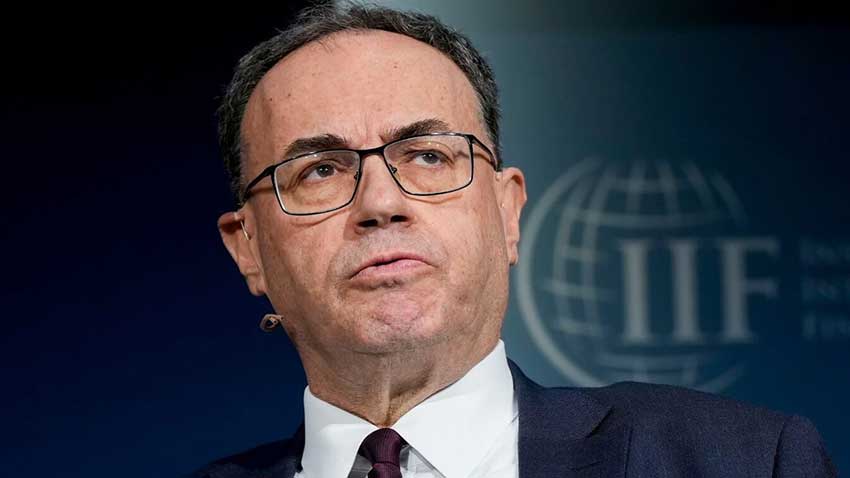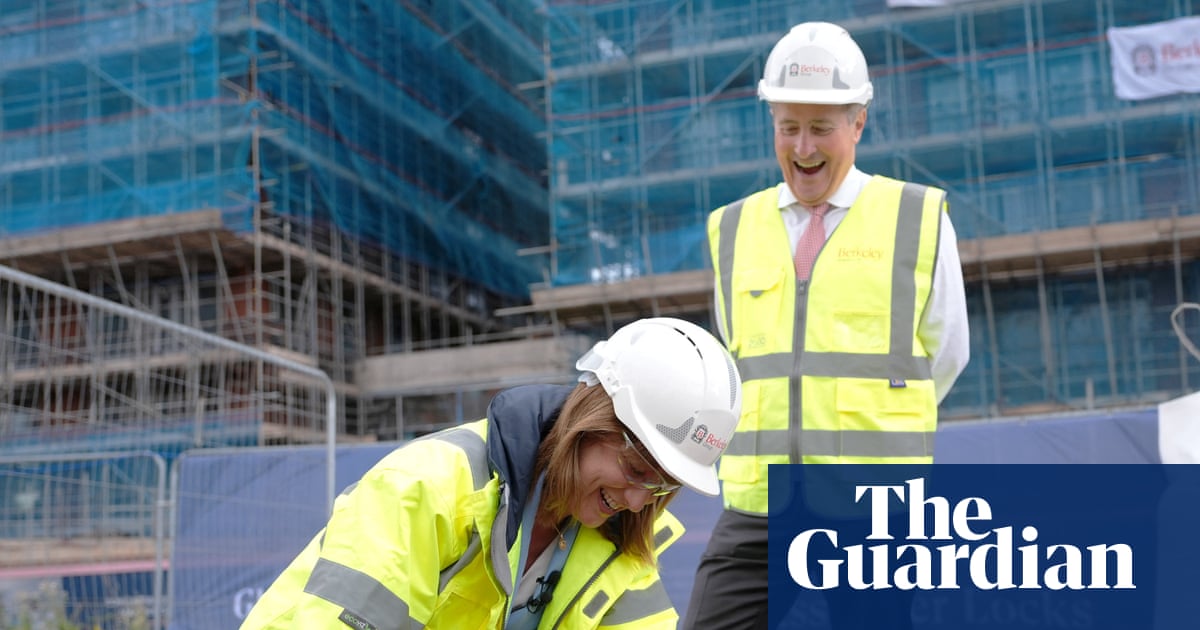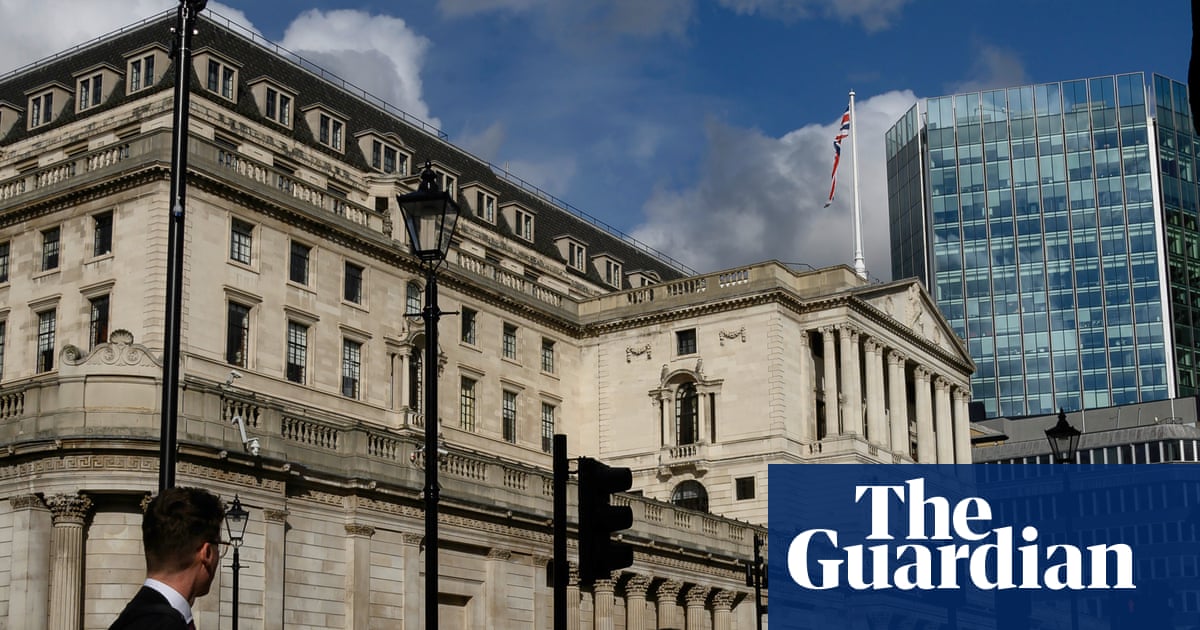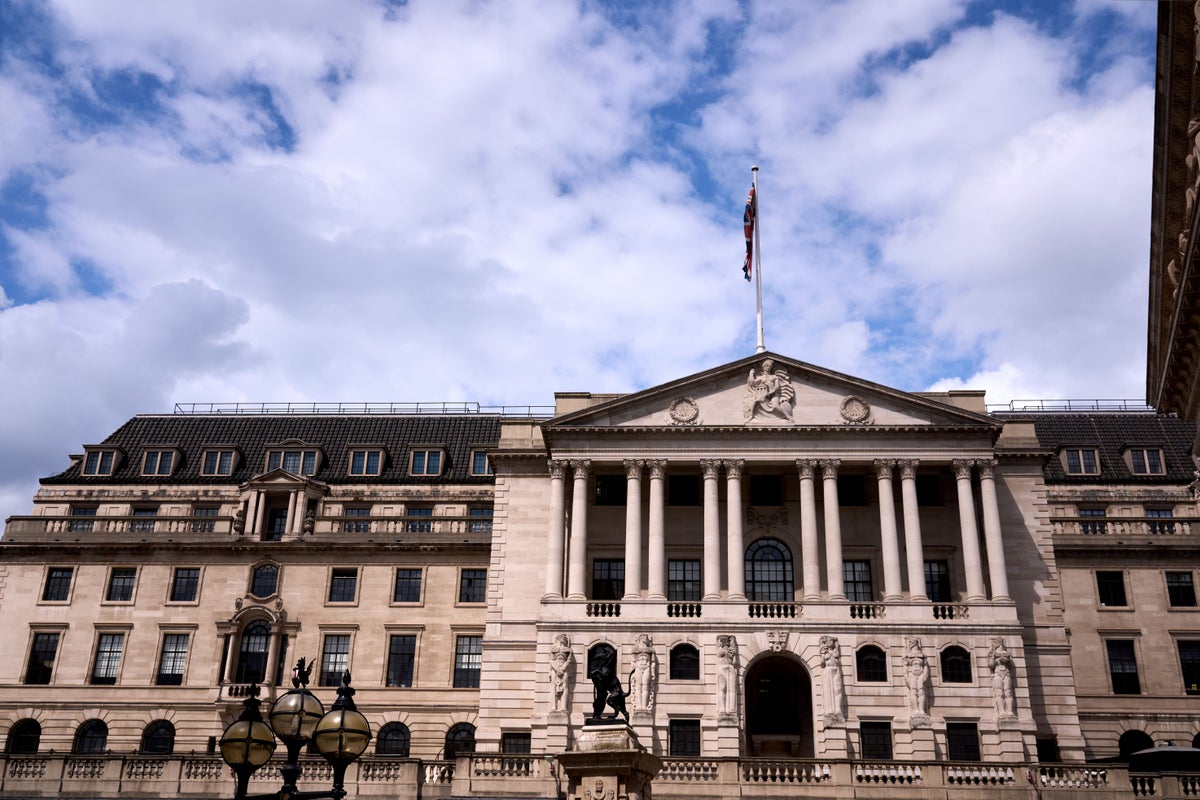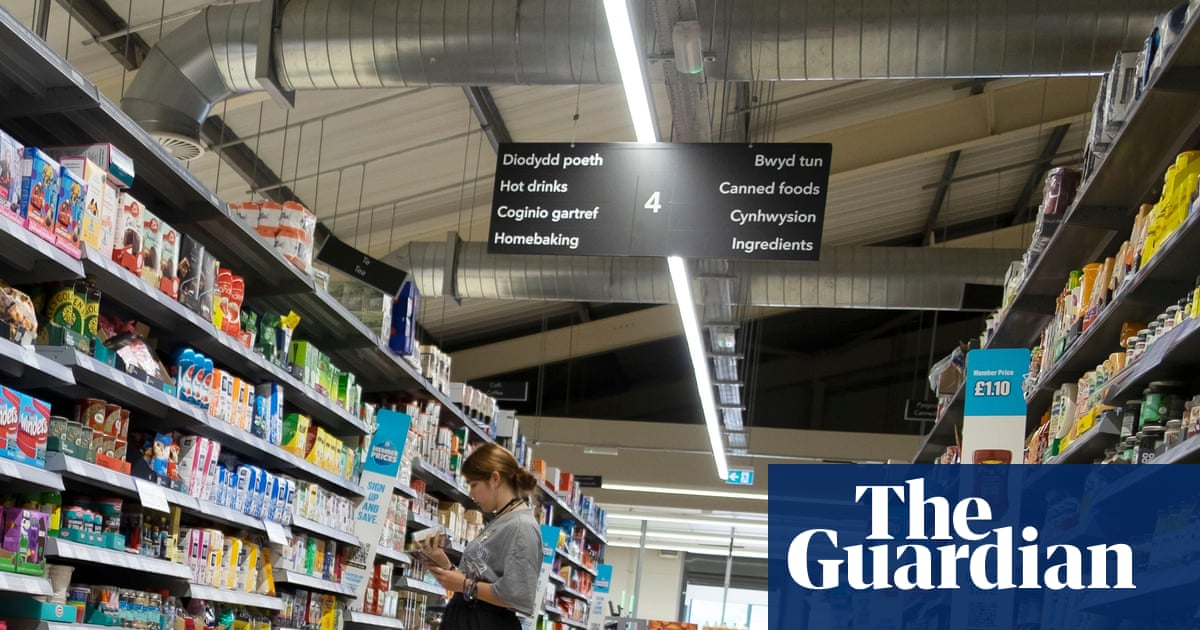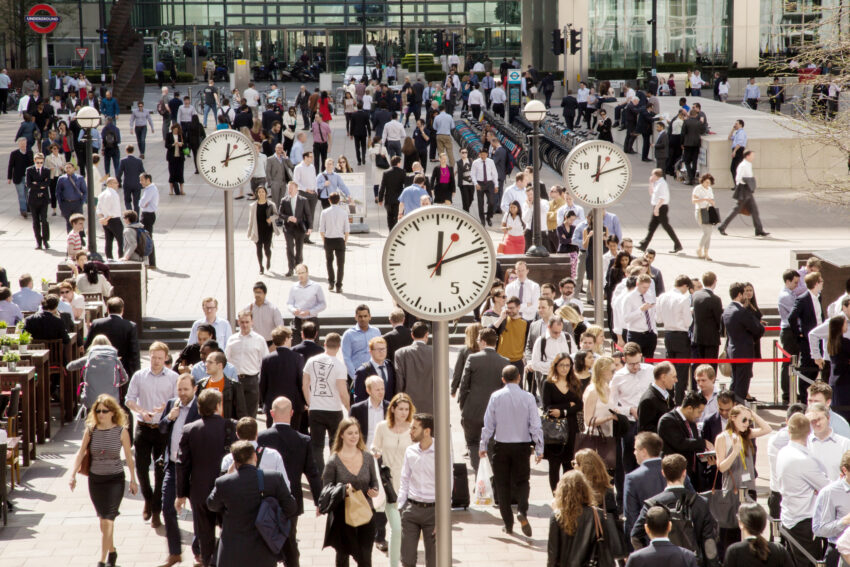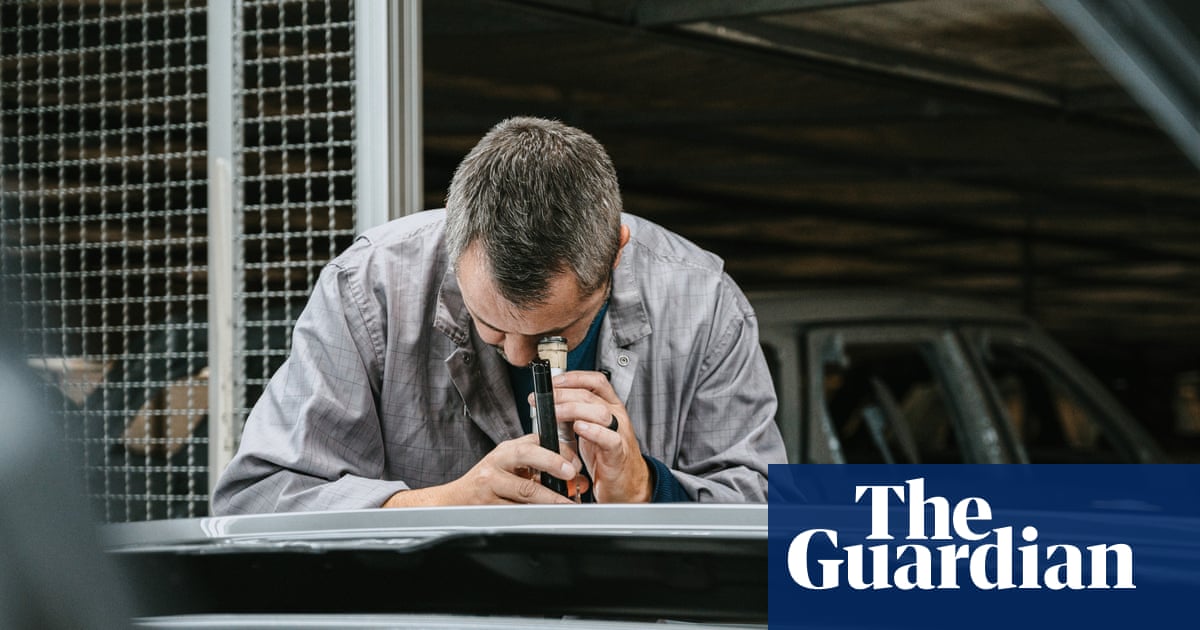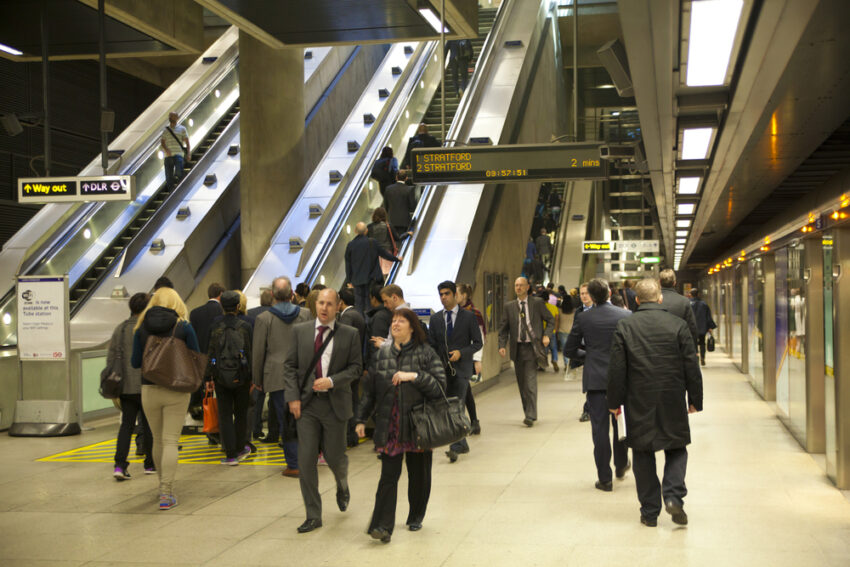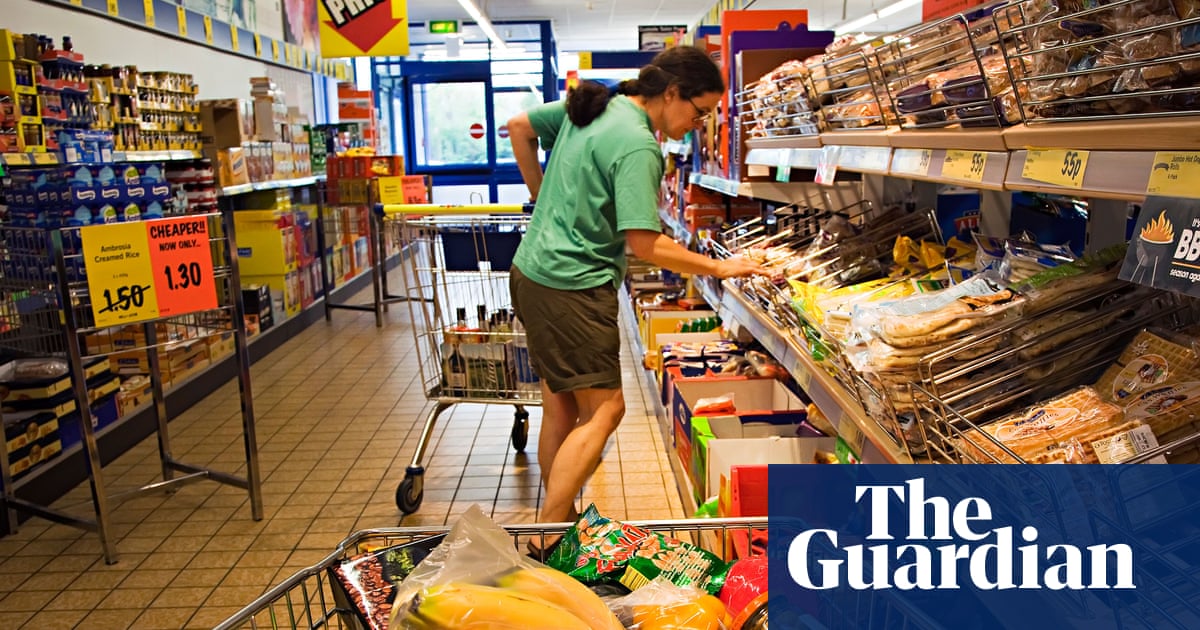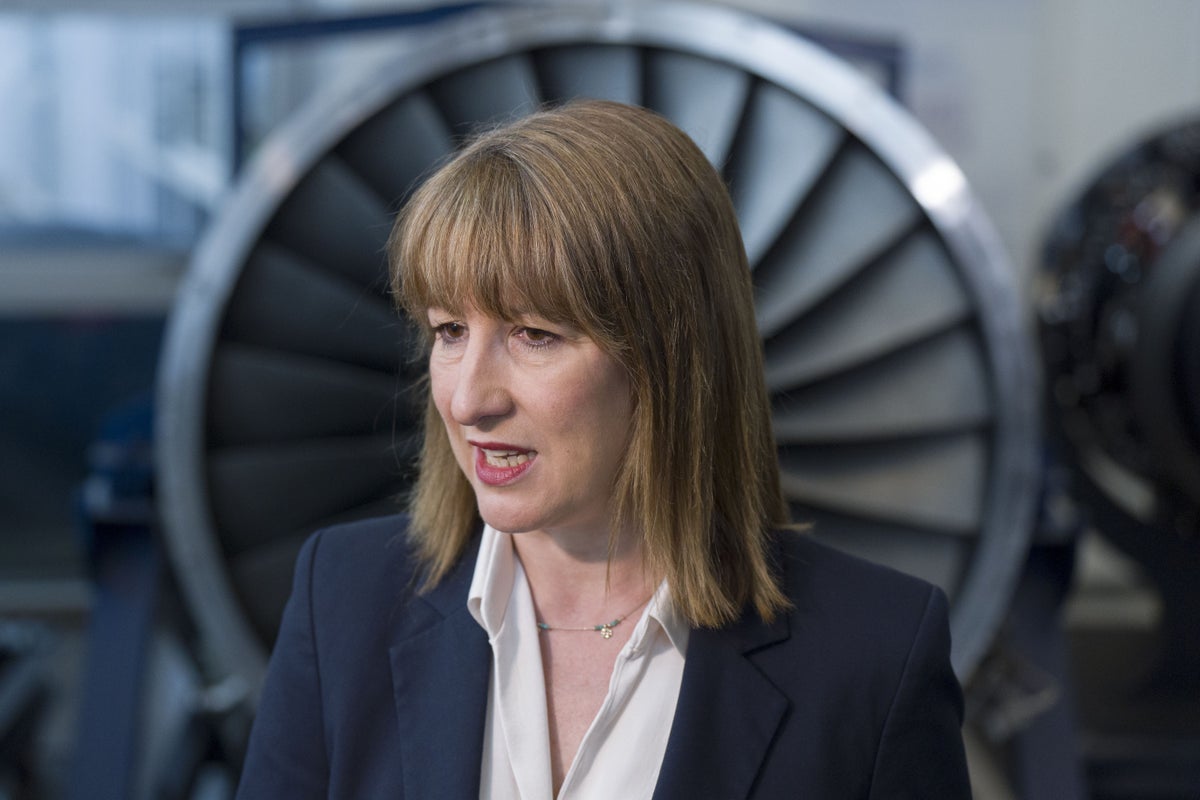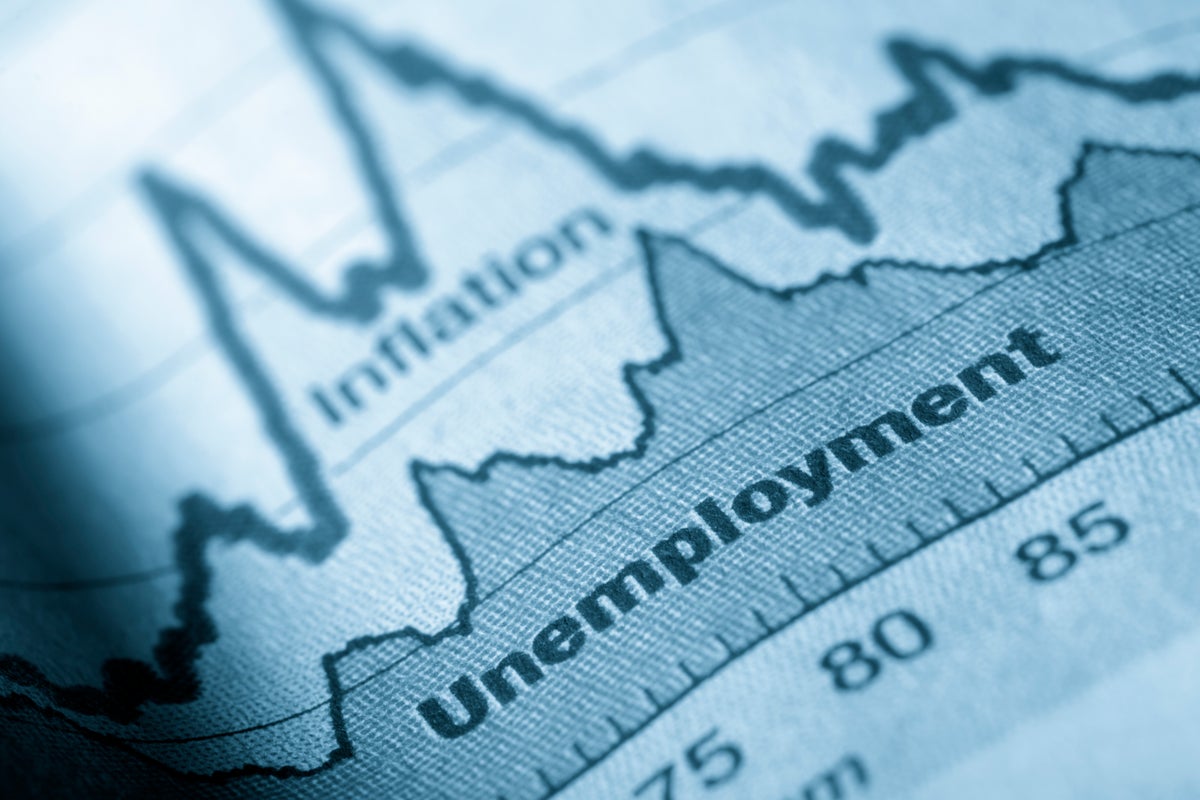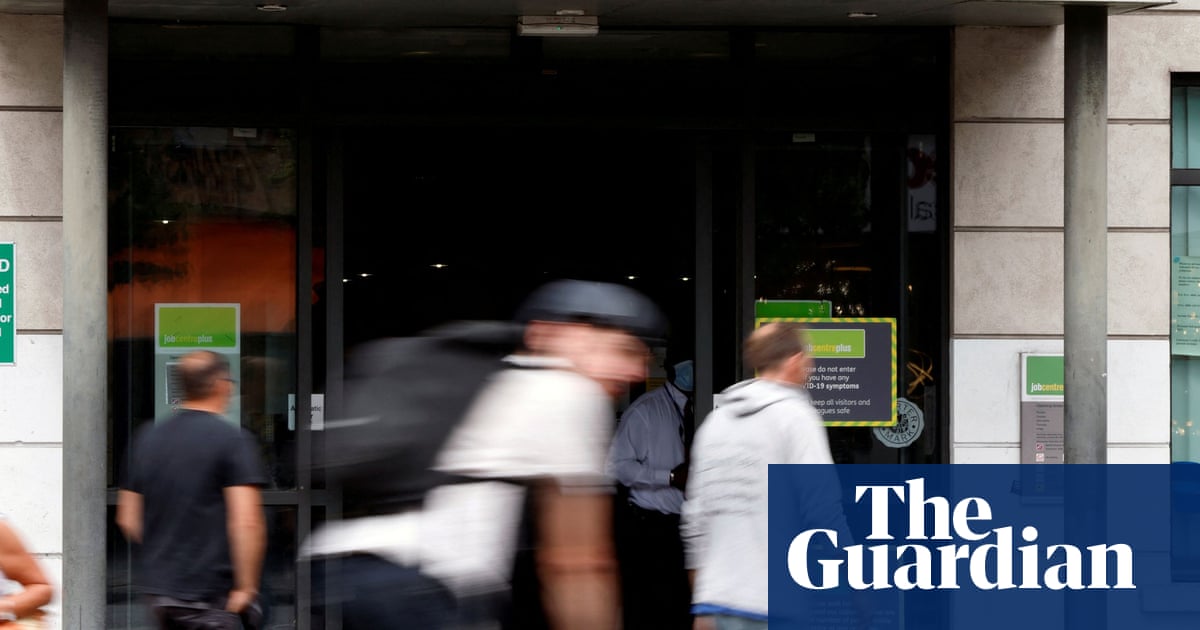fromLondon Business News | Londonlovesbusiness.com
1 month agoReeves will deliver a much-anticipated Budget with a fiscal 'black hole' likely to mean tax rises - London Business News | Londonlovesbusiness.com
The Treasury assumes taxes will need to rise by £30 billion, with the Office of Budget Responsibility expected to lower its forecasts for Britain's productivity growth. Each percentage point of growth is worth about £10bn in tax and the OBR is expected to lower its forecast by 0.2%. On top of that the government needs to cover the cost of lost revenues when MPs rebelled against welfare reforms. Finally, higher debt interest payments due to rising gilt yields have added to the burden.





